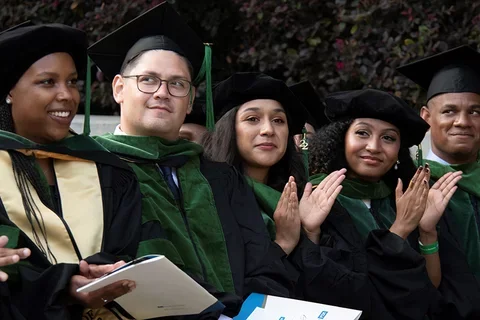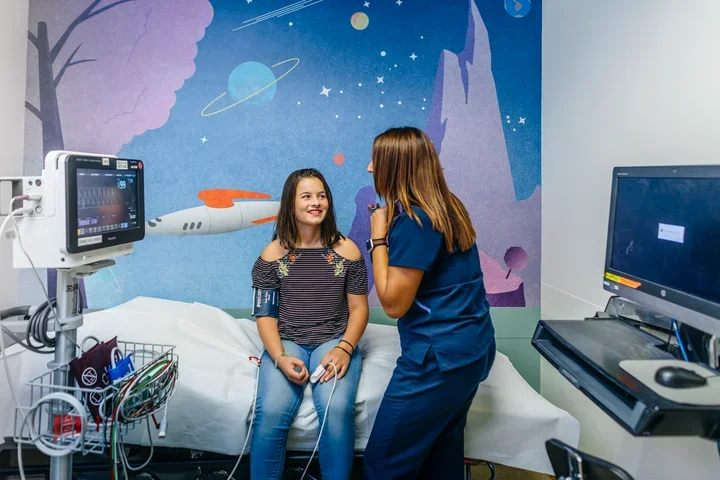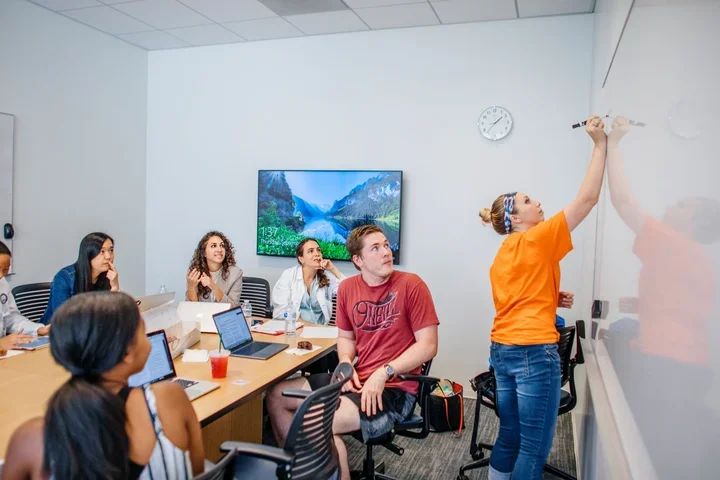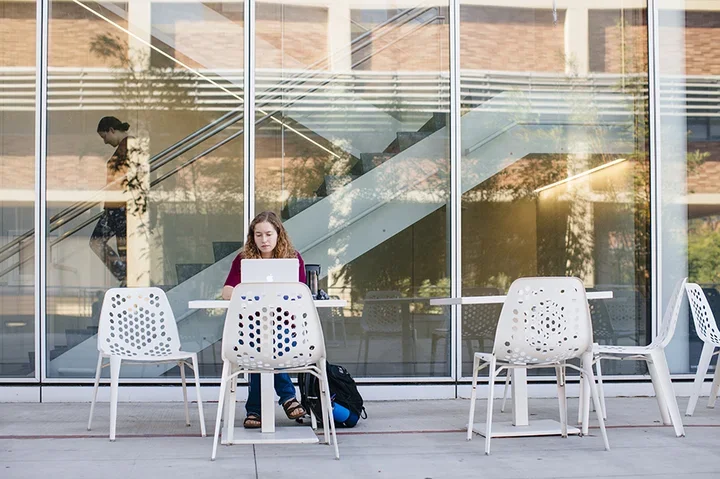Addressing Disparities in Healthcare
Drew/UCLA Medical Education Program Trains Students to Care for Underserved Communities

A Day in the Life of Imani McElroy, 2017 Co-President of Drew/UCLA Medical
Medical education at UCLA places a strong emphasis on treating a wide range of populations. Students who want to work in underserved communities or address disparities in healthcare during their career can apply to the Drew/UCLA Medical Education Program.
The program equips students with the specific skills they will need to practice medicine in disadvantaged rural and urban communities. Patients in these communities tend to face unique circumstances, from multiple health problems to difficulties accessing care, such as lack of transportation. The Drew/UCLA Medical Education Program gives students first-hand experience providing care to these patients, with training that's hard to get anywhere else.
Gaining Unique Experience
Growing up in the San Francisco Bay Area, Imani McElroy says that she was frustrated with the widening health disparities she saw. Knowing she wanted to become a doctor, the Drew/UCLA Medical Education Program spoke directly to her goals.
"Partnering with UCLA, I receive a world-class education from two illustrious institutions, gaining an experience I don't think I could recreate in any other program," she says.
Imani is a fourth-year medical student in the program and co-president of the class of 2017. She loves the program's smaller size and its focus on hands-on training.
"Because we are a smaller program, we get one-on-one attention from faculty and can really get our hands dirty," she explains. "During the third year, we rotate at smaller community hospitals and clinics where we have high-quality patient interactions."
Recently, she worked with classmates to organize a snack food drive for children who live at a homeless shelter. The group delivered more than $500 worth of snacks and drinks to children at the shelter's clinic.
"We were able to address an immediate need through this food drive," she adds. "The feeling that I made even a small difference was a reminder of not only why I wanted to become a doctor, but also why I push myself to take that extra step for my current and future patients."
Imani says that she feels the program has really prepared her for a career serving the communities she has always wanted to serve. Working with both schools has helped her connect with mentors, peers and organizations that she'll be able to rely on as a professional.
Applying to The Program
The Drew/UCLA Medical Education Program provides a small, close environment for those dedicated to serving underprivileged populations. Only 24 students are accepted into the program every year. They are chosen based on their academic records and demonstrated service to disadvantaged populations.
Once accepted, students complete their first two years of medical school at the David Geffen School of Medicine at UCLA, then finish their last two years of clinical work at the Martin Luther King Jr./Drew Medical Center and local community clinics near the Charles R. Drew University campus. Charles R. Drew University has always been dedicated to serving the SPA 6 region, which includes Willowbrook, Watts, Compton, Crenshaw and other communities in the Los Angeles County.
"I feel the unique training provided by this program has laid the groundwork for a career serving the communities I grew up wanting to serve," Imani says. "I plan to take what I've learned back home and provide care to underserved populations in the Bay Area."



